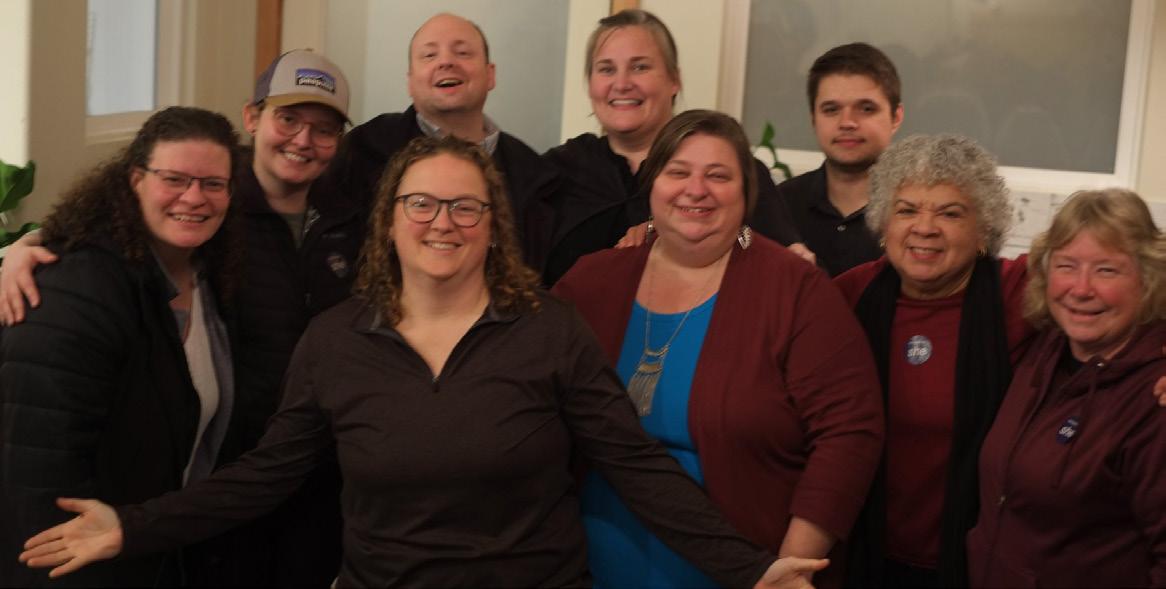
10 minute read
Affiiliate Chapter Corner
THE AFFILIATE CHAPTER CORNER


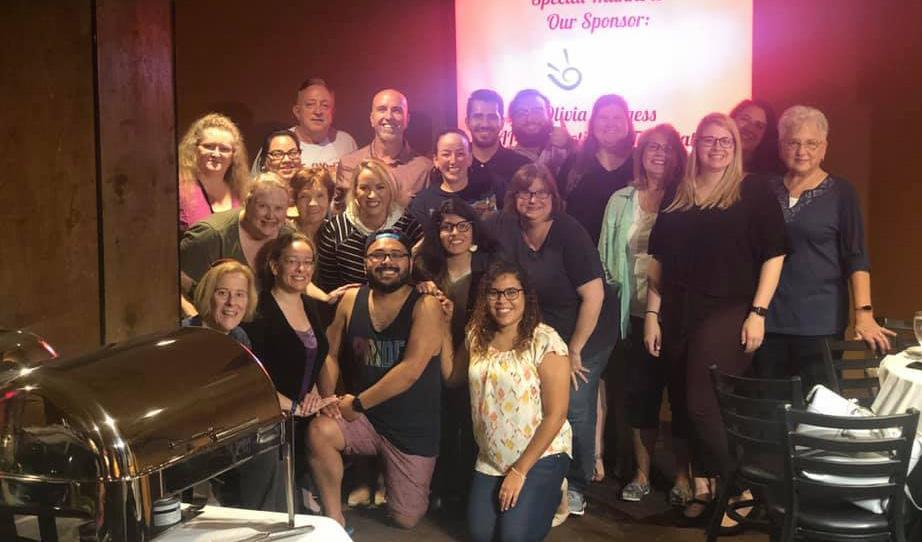
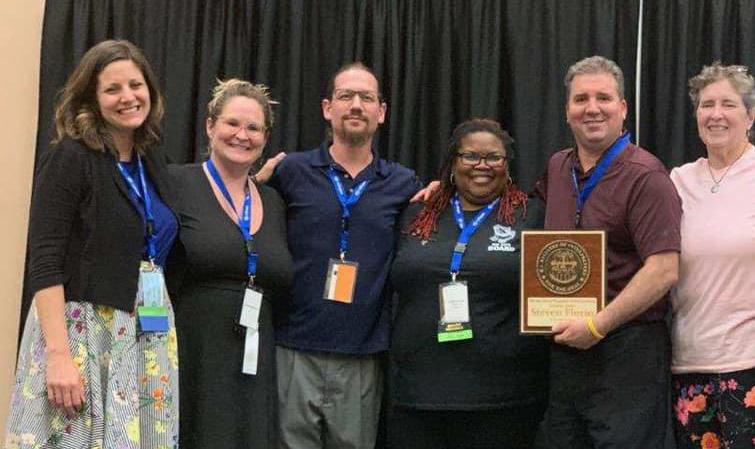
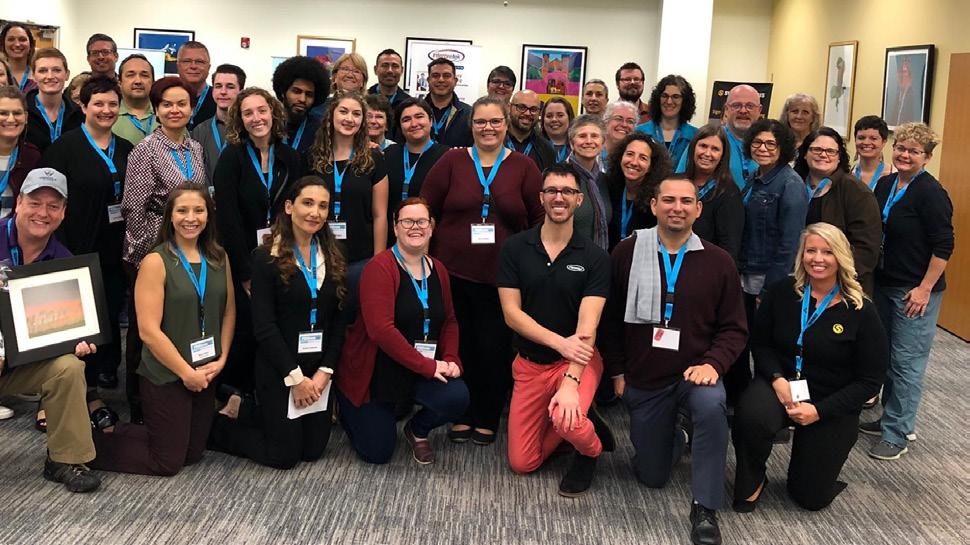
How RID Affiliate Chapters Began
Dr. Carolyn Ball, CI and CT, NIC RID Affiliate Chapter Liaison
The history of why affiliate chapters (ACs) were established and the purpose of ACs is remarkable to look back on. The value of ACs is critical to the success of RID. To emphasize the importance of ACs, our current RID President, Jonathan Webb, PhD, CI & CT, NIC-Advanced reminds us that, “When people think of RID, they often think of the national board and what happens at that level in terms of policy and standards. When I think of RID, I think about our Affiliate Chapters. The ACs are the very foundation of RID” (J. Webb (personal communication, July 2, 2020). Indeed, to understand how ACs are the very foundation of RID, as President Webb reiterates, we can look back at RID’s history and discover the documentation regarding the importance of ACs as the foundation of RID. For instance, on July 1, 1967, NAD wrote and was awarded a fiveyear grant from the Vocational Rehabilitation Administration of the Department of Health, Education, and Welfare (HEW). The purpose of the grant was to establish a home office for RID. Additionally, the grant made it possible to hire the first Executive Director of RID, Albert T. Pimental. Mr. Pimental was Deaf and the home offices of RID were set up in the NAD offices (Fant, 1990, p. 16). One of Mr. Pimental’s main responsibilities was to create state chapters of RID. Of great interest is that the Texas Society of Interpreters for the Deaf was established in 1963 and became the first local affiliate chapter of RID. The first AC established after the establishment of RID in 1964 was the Southern California Registry of Interpreters for the Deaf in 1967. As of the writing of the book, Silver Threads, there were forty-seven ACs and seven provinces of Canada (Fant, 1990, p. 17). It was during the 1982 National Convention in Hartford, Connecticut that the Board of Directors (BOD) approved a reorganization of RID and ultimate
ly divided the ACs into five regions (Fant, 1990, p. 20).
The Importance of Affiliate Chapters
At the first RID Convention in 1970 in Delevan, WI, the members of RID were able to discuss and debate their views. The ACs knew the needs of the states where they served and could provide national-level information to the RID members in their state. Also, the ACs could work closely with their local Deaf Communities (Fant, 1990, p. 82). It was then that the national RID Board of Directors determined that national conventions were needed to allow AC’s the ability to discuss issues within their states. At the time, there was no other way of communication for ACs other than writing letters, or expensive phone calls.
Similarly, during the national conventions, the national BODs could address the ACs needs and determine how the matters in each respective state could be resolved (Fant, 1990, p. 83). Further, Fant (1990) states, “We need to give much more attention to developing the strength of local affiliates. Workshops need to be conducted to train local affiliate personnel in a way to operate efficiently within their own communities and states, and within the national organization” (p. 83).
Looking back at how RID’s ACs were established helps us, as RID members, to see how important each of you are to this organization. In summary, I hope by looking back at RID’s brief history of AC’s, we can see the importance that AC members and leaders have. Thank you for your membership, your leadership, and your service to RID.
Reference
Fant, L. (1990). Silver Threads. RID Publications: Silver Spring, MD.
HONORING ROYCE CARPENTER M.A., NIC:M OHIO YouTube Link:

-Royce Carpenter on first learning sign language

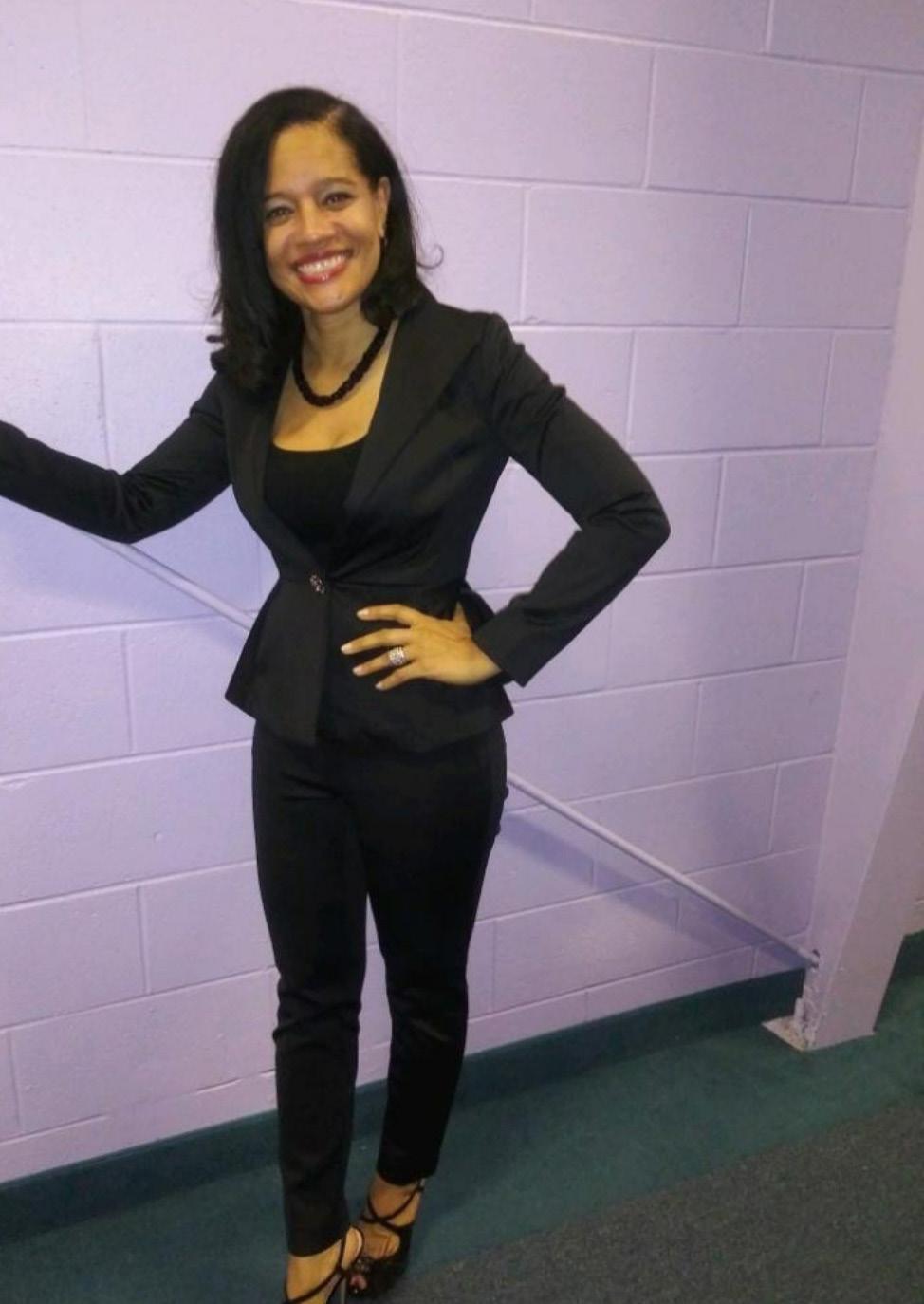
On any popular social media platform there are hundreds of videos of young Black people signing Hip Hop songs in an entertaining construct. The irony: less than 7% of certified interpreters are Black (RID, 2015). More specifically, there are just over 50 certified Black male interpreters in the country (RID, 2015). There is a clear disconnect between the vast amount of online videos and the paltry number of certified Black interpreters. Academically, there are 129 degree-seeking interpreter training programs across the nation, and only 6 programs feature Black directors. If the apparent spotty glass ceiling seems too thick to penetrate, then let me introduce you to the rose in the concrete.

Meet Professor Royce Carpenter, a jewel in the crown of Black academic pantheon. Professor Carpenter is Director of the Columbus State Community College Interpreter Education Program. The bona fide ‘leader of the new school’ can interpret for both Hip Hop superstar Jay-Z and intellectual giant Dr. Michael Eric Dyson… phenomenally (Columbus State Community College, 2012). Not attractive enough? For every young Black person who has posted a video or two signing their favorite song, Professor Carpenter has closed the disconnect by creating a forward-thinking theatrical and performance-based interpreting class within the interpreter training program (ITP). This alone sets Columbus State Community College apart from any other two-year program in the country. Truly: Black history in the making!
DIVERSITY As Director, Professor Carpenter has been fearlessly driven to champion the tough conversations around the lack of diversity, cross-cultural mentoring, or holding space to discuss the significant signing styles between Black and White people (Aramburo, 1989). In cosmic alignment with her Nubian predecessors, Professor Carpenter shares the vision of an emboldened academia where the curriculum embraces diversity and challenges the institutionalized hegemonic whiteness that pervades interpreting curriculum (Williams, 2016). Rather, she embraces diversity as a way to bring the cultural competence to the classroom, rather than feeling the imploding pressure to keep the depreciating mask for white validation on (West-Oyedele, 2015).

Leadership requires initiative grounded in love. Dr. Cornel West advocates “you can't lead the people if you don't love the people. You can't save the people if you don't serve the people.” After all, love is what it does, not what it says. With an amazing curricula vitae to match her visionary prowess, Royce is as humble as a cocoon waiting to blossom. As a wife, mother, friend, scholar and super Black wonder woman, Royce saw an opportunity in plain view to love up on the Deaf son of her close friend. Poetically, learning how to meet young Black children with the gift to sign and the desire to become what they dream to be is what fuels Professor Carpenter to champion the potential of Black youth.



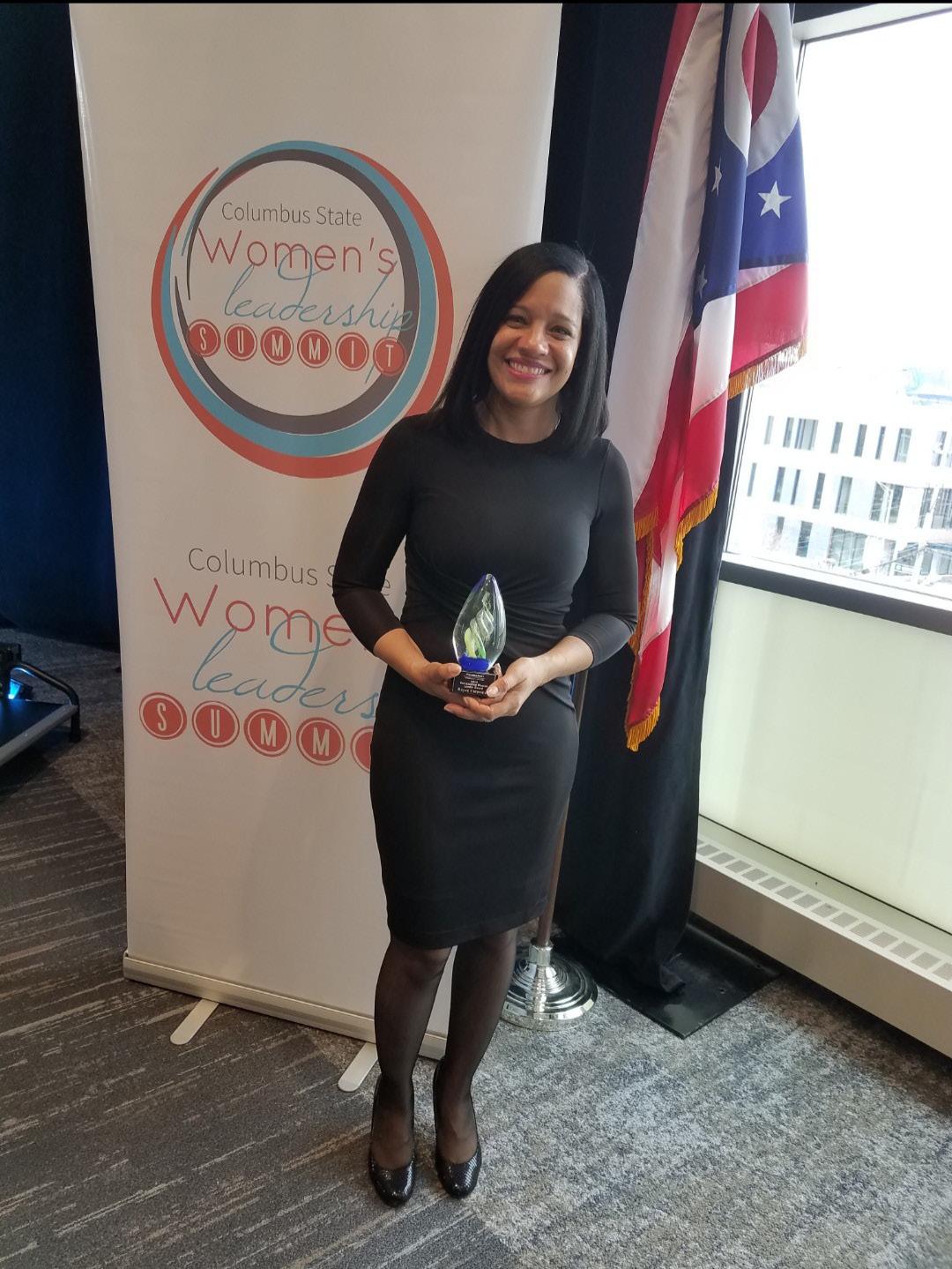
We expect much from our Black leaders, but do not mistake cultural pride for academic accountability. Every Black student transferring from the university of adversity and the school of hard knocks understands that a Black agenda for the burgeoning class of Black ITP students is as necessary as cocoa butter to our skin. Our agenda is not surrendered nor realized merely because Professor Carpenter and a handful of other chocolate scholars achieved Director status. The Black agenda is emboldened to manifest with Our participation: write a letter of recommendation, create scholarships, donate to ASL labs that students can depend on a solid academic foundation of resources and amenities to become the best interpreters we need them to be, just as Royce has become. Ultimately, the culmination of Professor Royce Carpenter becoming an interpreter, scholar, and ultimately director of an ITP with an unquenchable thirst to learn more and create pathways clear enough for tomorrow’s leaders, today, is nothing short of poetic justice for Brice.
HONORING

MICHON SHAW M.S., NIC FLORIDA YouTube Link:
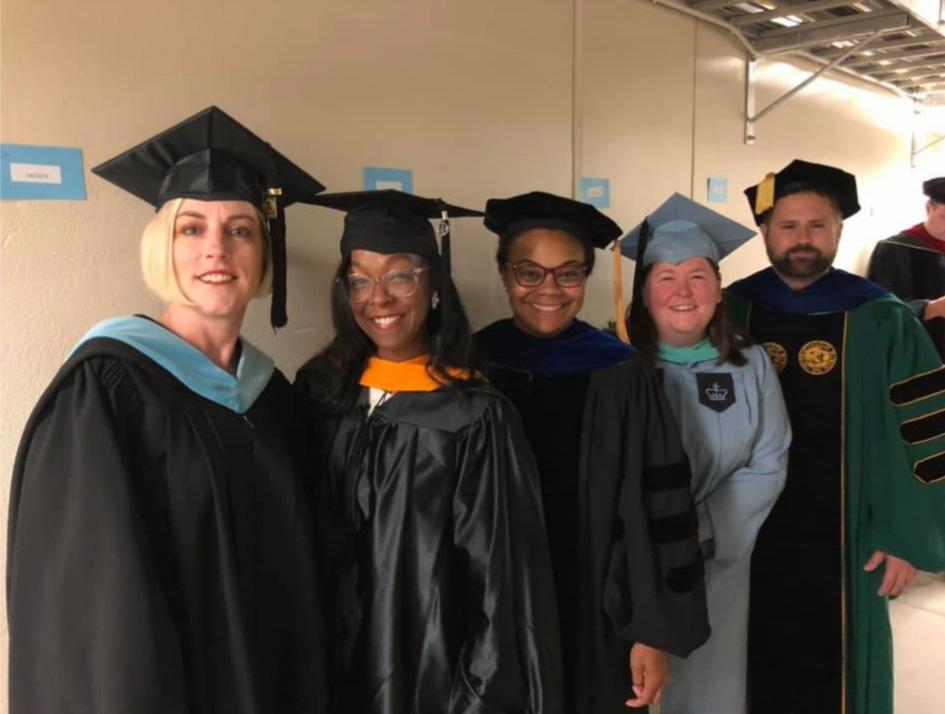
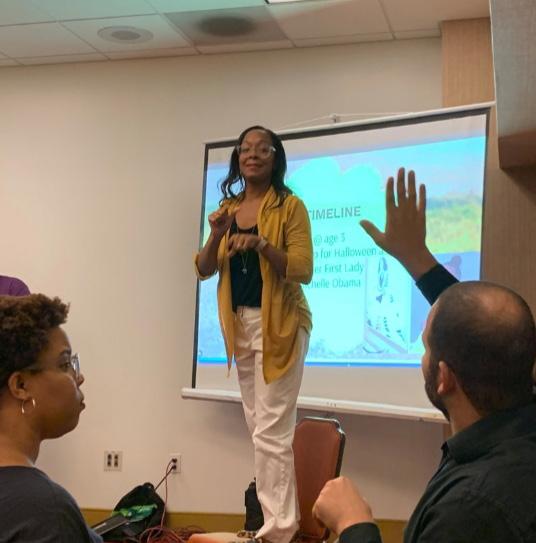
-Michon Shaw at her first NBDA conference
Ever been in a room or at an event where Michelle Obama was introduced? You know: that feeling that royalty just walked in. The First Lady, who is deserving of nothing less than for you to sit up straight to pay respect to the Queen Bee. Non-provoked to hold your head up high as erudite as honorably possible, because simply put…you know better. Any member of the Shekinah Glory Cathedral Church of God in Christ knows better to do just the same when First Lady Michon Shaw is in the building. Daytime: interpreter, scholar, presenter, and professor extraordinaire. Nighttime: wife, mother, mentor, and sistah to many. At all times: First Lady alongside her husband, Pastor A.D. Shaw.
Far beyond the professional scope of in- Shaw is
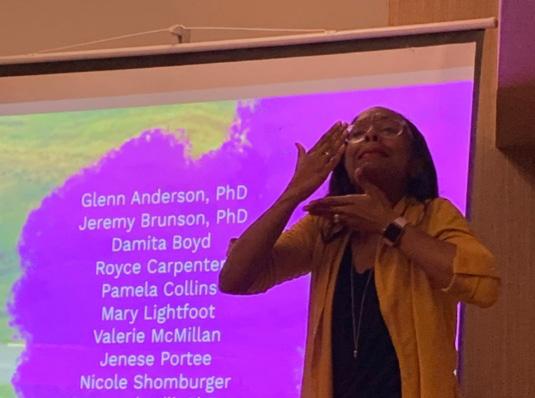
terpreting, First Lady Professor a rising star at her alma mater, the University of South Florida, amongst the faculty of the interpreter education program (IEP). The Florida native is grounded in her spiritual relationship, yet principled in her application to use her position of academic influence to sharpen many more aspiring brown-skinned interpreters today! Having seen the
DIVERSITY first Black male interpreters in her life while a senior IEP student attending National Black Deaf Advocates’ 22nd national conference left an indelible impact on Michon’s defined purpose in our profession: to shape the minds of chocolate-complexioned scholars who come from similar backgrounds.

Little known fact: many Black interpreters within the United States vicariously matriculate into the profession through the church (West-Oyedele, 2015). Can I get a witness?! Though predominantly Christian churches boast scores of Deaf and interpreting ministries, there are just as many Kingdom Halls of Jehovah Witnesses, Catholic parishes, and Seventh Day Adventist churches where you will find a bevy of Us interpreting ‘The Word’ on any given day of the week. Conversely, Black interpreters are rare to be seen or found in the Registry of Interpreters for the Deaf (RID, 2015).
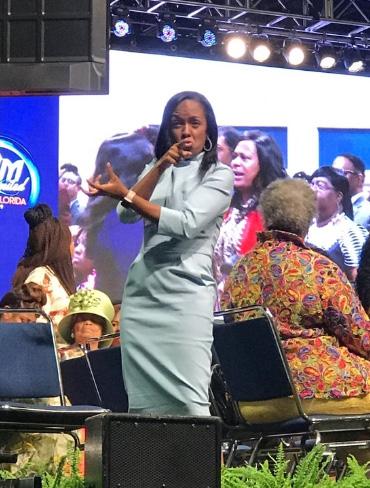
Much like her Nubian predecessor, Dr. Jacqueline Bruce, the former Vice Chair of the Interpreters and Translators of Color Member Section of RID never thought of herself as a leader, but more so a dedicated servant with a passion to educate and mentor interpreter training students (Shambourger, 2017). Furthermore, First Lady Professor Shaw has carried the endless torch of navigation, providing keys to highly effective training for Black interpreting students to learn both inside and outside the classroom (Bruce, 1998). Michon is the same little girl who played with Black barbie dolls to affirm her identity in the present and the abstract, who now affirms that same identity amongst entrepreneurial guests on her inaugural ‘Be Your Own Boss’ online talk show.
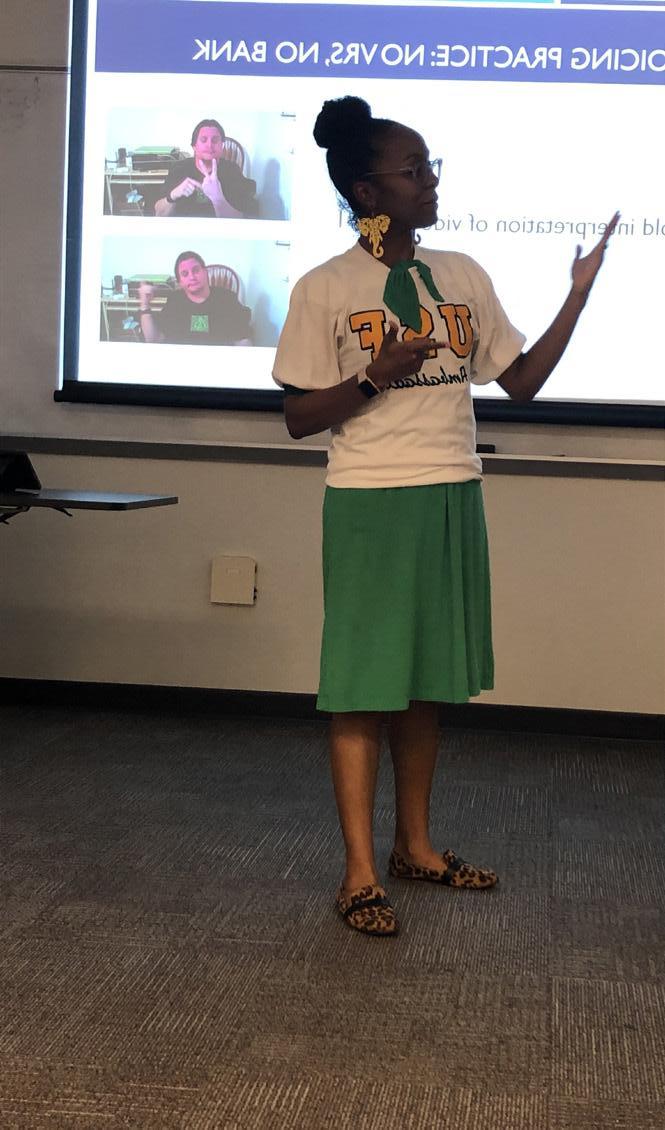
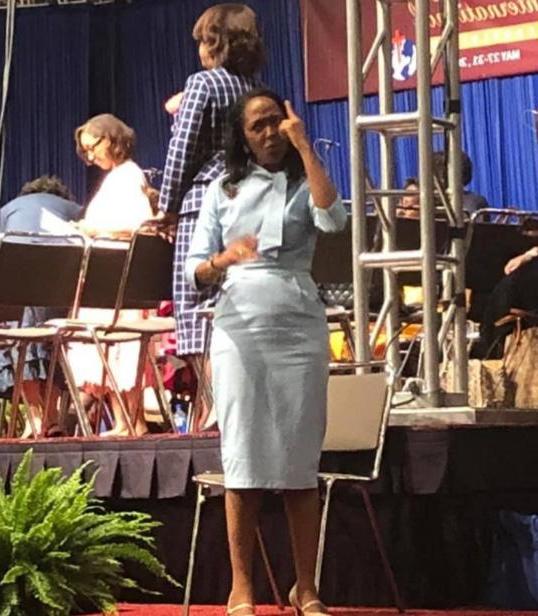

Closing the polarity gap between religious incubators of growth & development and professional interpreting careers amongst promising Black interpreters is no easy feat. Consequently, many Black Deaf consumers are often left with White interpreters who know little to nothing of Black cultural norms or nuanced isms, and the complexity of cultural information is typically mishandled while messages are interpreted (Shambourger, 2015). Serendipitously, First Lady Professor Shaw is here to retool the pipeline from “the church” to certified en route to eradicate the myth of inferiority amongst interpreters of the Wakandan hue.










